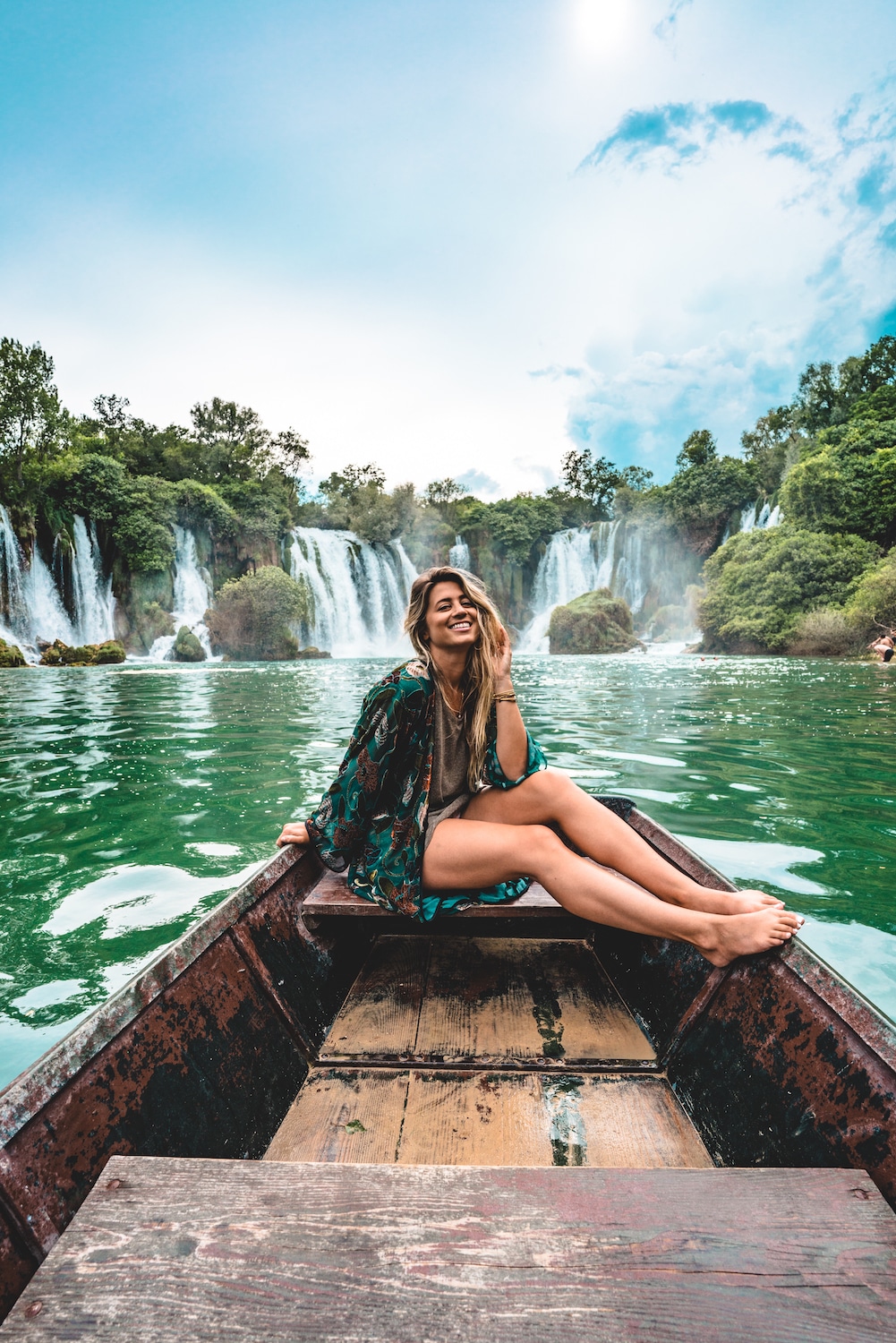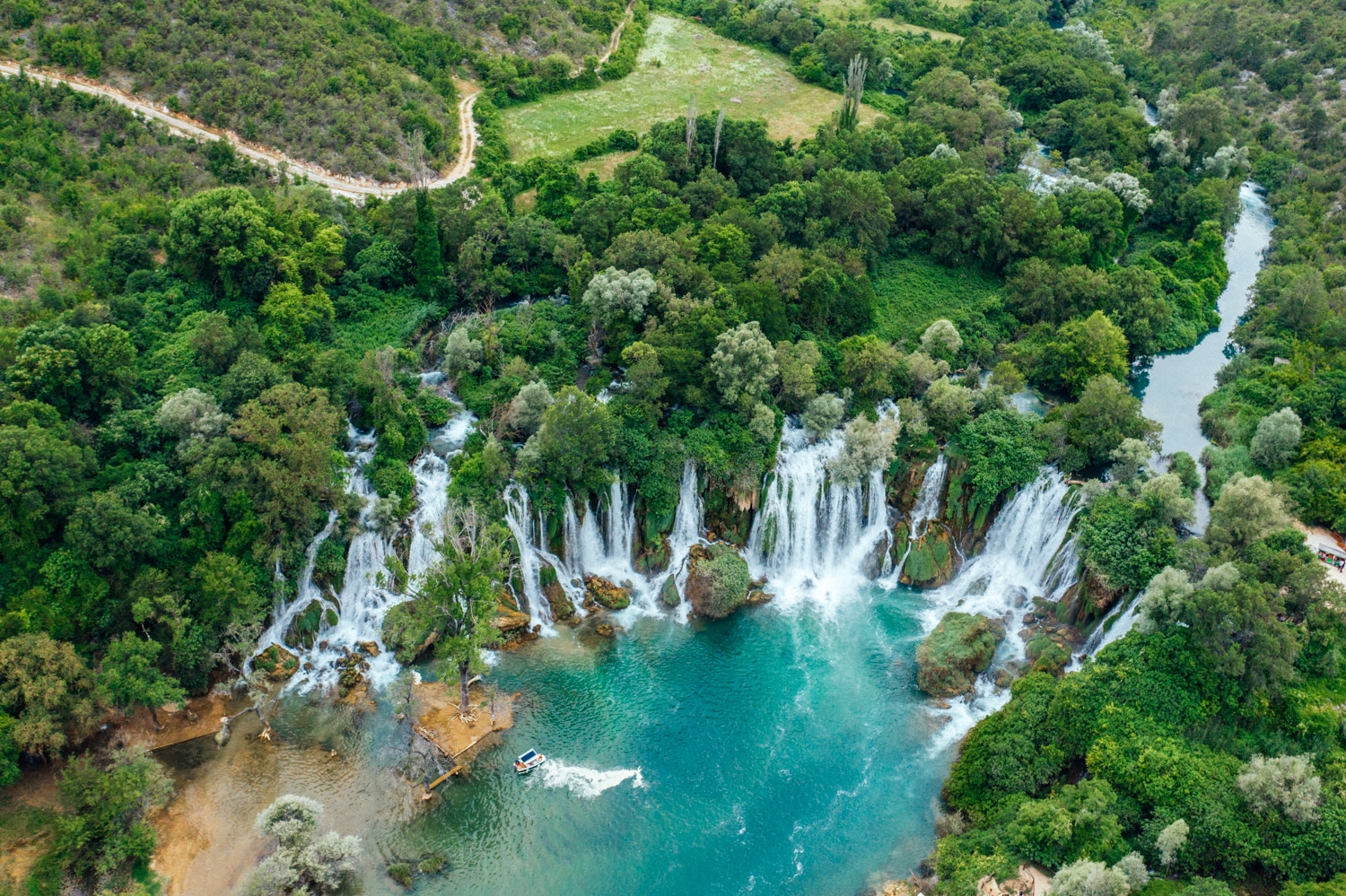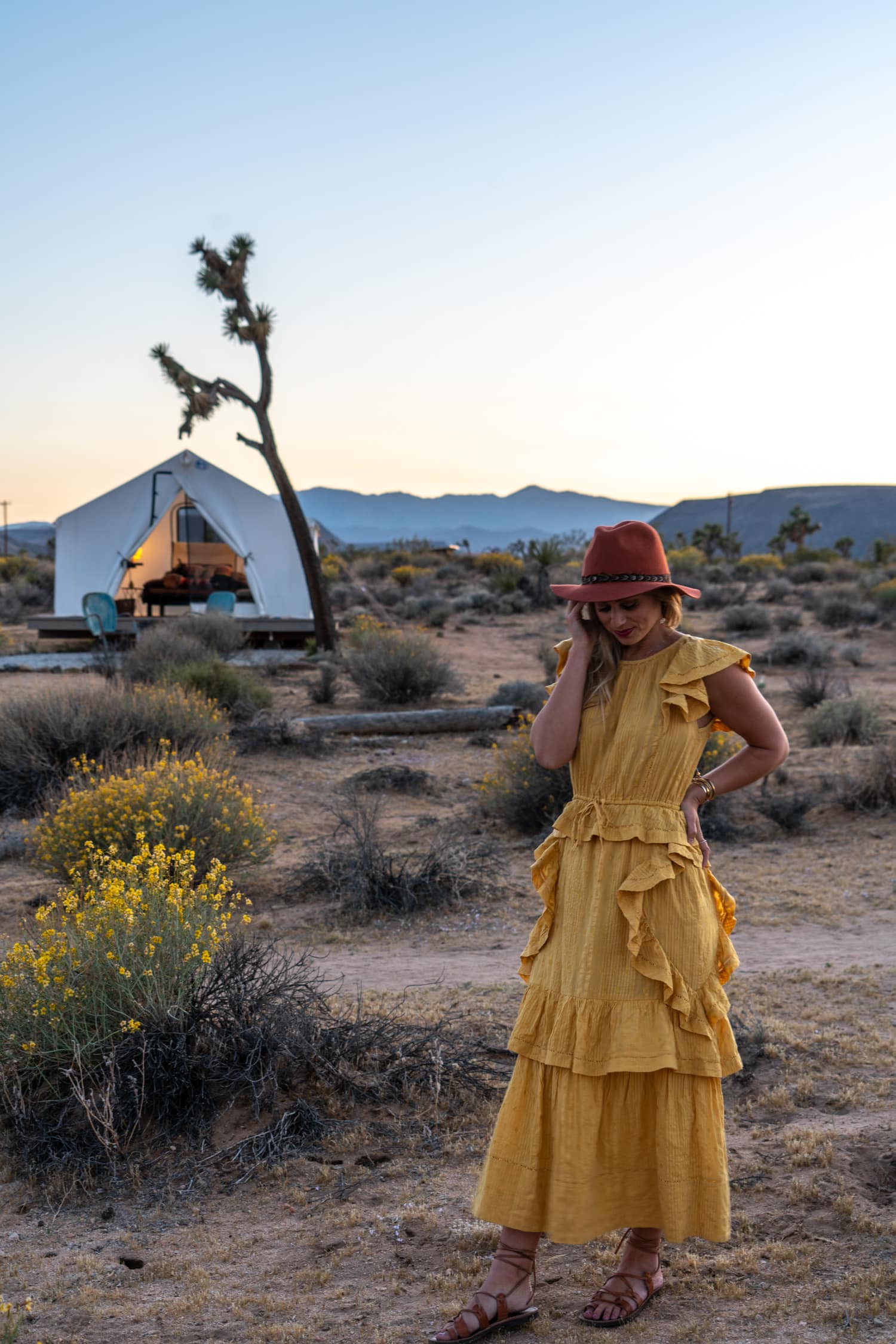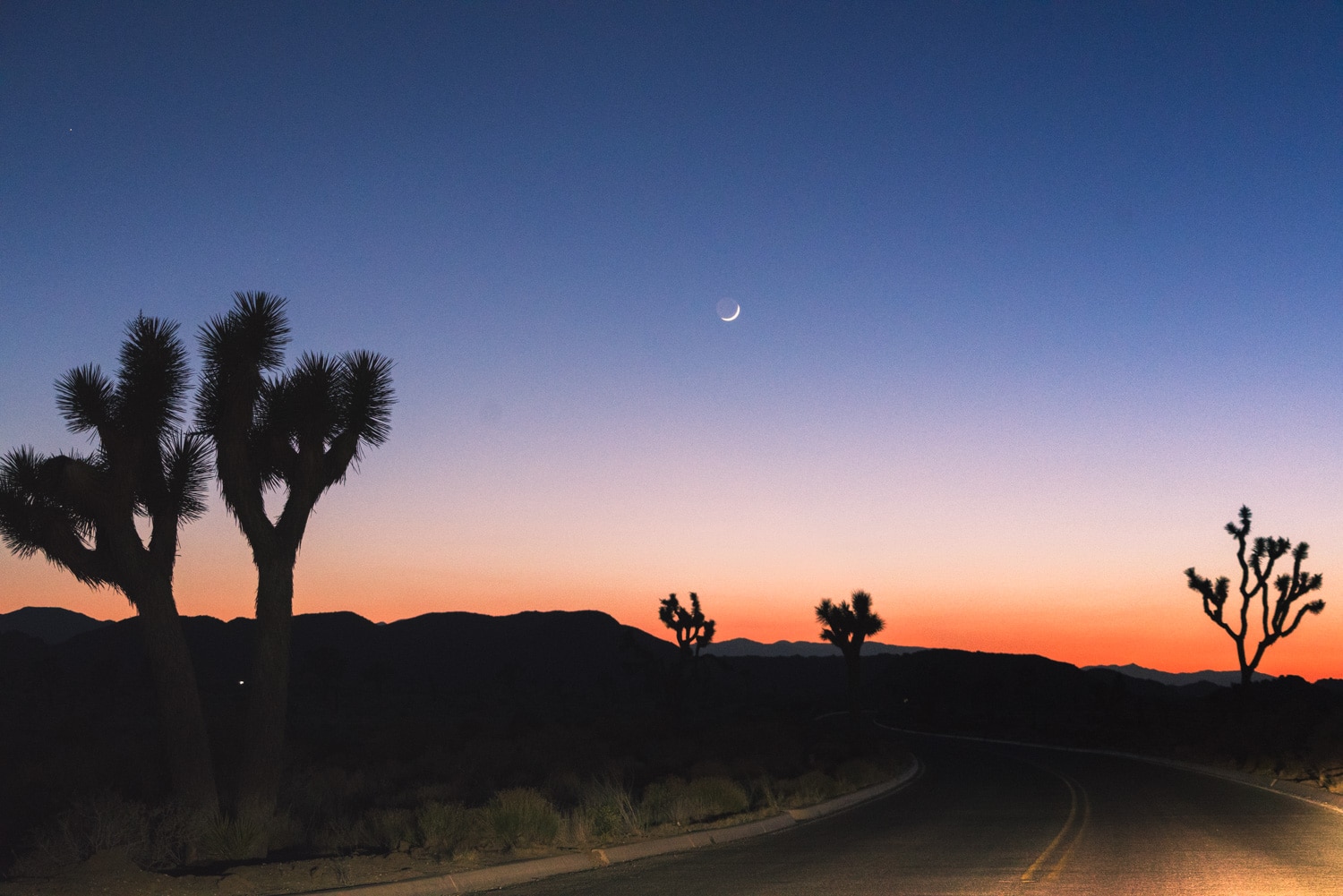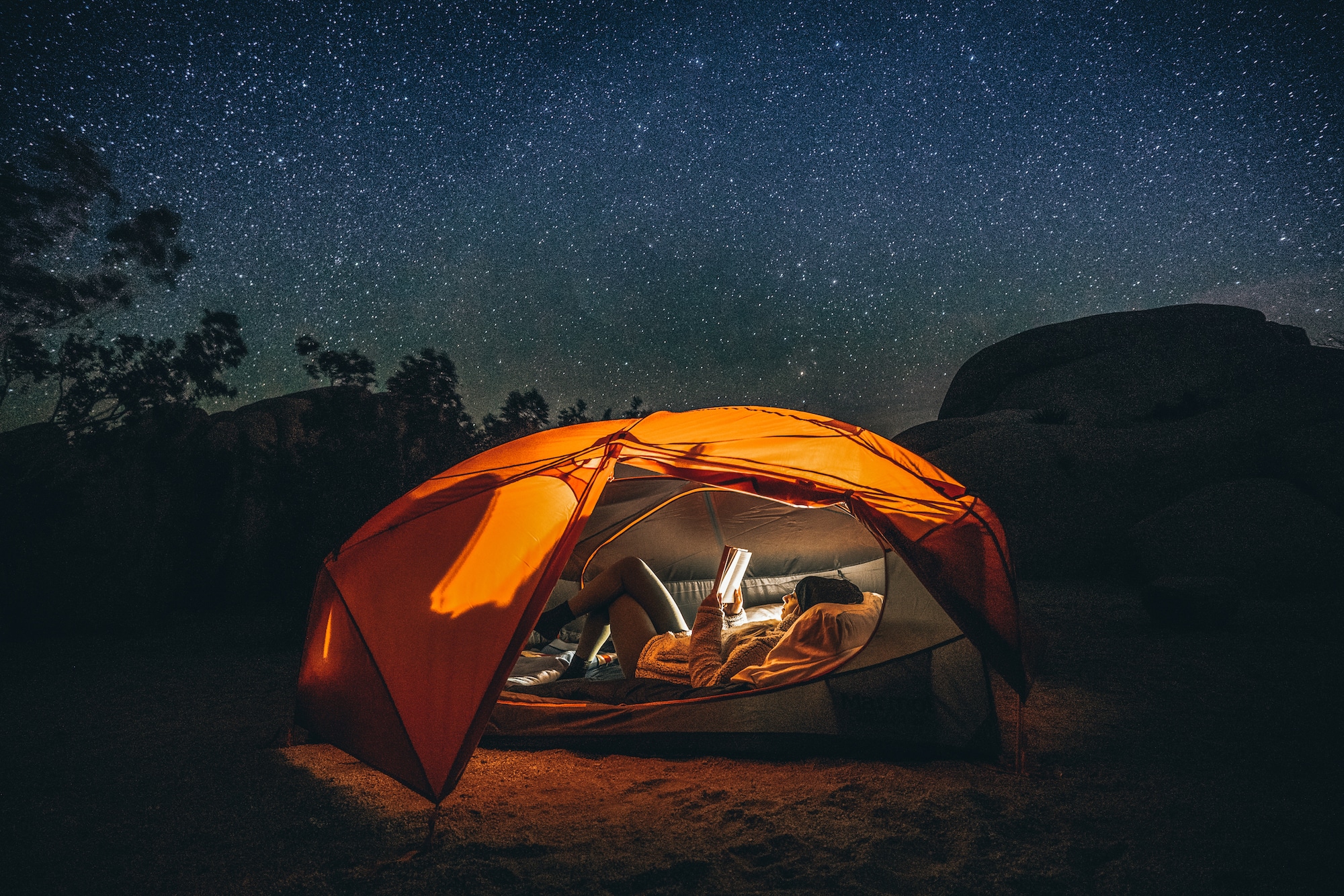A bubble in Iceland

The locals call this unusual hotel the ‘5 Million Star Hotel’ and after spending a night here, I know why. I was literally living inside my own bubble with only a thin, clear barrier separating me from the trees, wind, wildlife and Northern Lights. Ahhhh that’s my kind of luxury adventure if I’ve ever seen one. Before you ask, yes, a service house with toilets, showers and a kitchen was only a few yards away!
Transparent capsule on the side of a mountain in Peru

I was 1,200 ft. high in a transparent pod, dangling on the side of a rock face and yet, sleep came easy that night. The king bed was equipped with heavy down comforters and was honestly one of the most comfortable beds I’ve ever had the pleasure of sleeping in. Just behind a zipped compartment lies a secret land of toilet, sink, fresh water, towels, and the best bathroom view one could ask for.
Big Sur Yurt

When the homepage of a hotel includes features like, “What’s a Yurt?” and “Human Nest,” you know you’re in for an adventure. Being my first foray into the world of “glamping”, I was very excited to see what was in store at Treebones Resort. Would my yurt have electricity? Would I have to utilize the great outdoors as a bathroom? (Answer: occasionally.) What is a human nest?!? So many questions. So much anticipation. So, what’s a yurt, you ask? It’s a portable Mongolian hut-like circular fabric structure with wood lattice frames raised on platforms. One of these babies could be all yours for a few days while in Big Sur, just 60 miles south of Carmel-by-the-Sea.
Beer Tent in Argentina

I lived in Buenos Aires for two years and left a large piece of my heart there. That’s why when Anheuser-Busch asked me to join a beer tour through Argentina, I was completely taken over with pure elation…and then had to have a few beers to calm down. Sure, I had lived and worked in Argentina prior to this trip, but to return to my favorite place in the world for business and beer touring…SWOON. Spending the night in barley fields was something new and exciting, not to mention absolutely stunning during harvest.
Mendoza Vineyard Loft

If I talk about Argentine beer, I have to be fair and give Argentine wine a shout out, too. Set among the vines and away from the main building of the hotel, Entre Cielos’ Vineyard Loft/Pod comes complete with expansive deck and Jacuzzi where I spent most of my time, plus cozy indoor luxuries. Seeing the sunrise and sunset over the snowcapped Andes mountains and plucking grapes off the vine just steps away from this home-away-from-home is something everyone should experience.
Patagonia Yurt

YURTS! I love them, especially this one complete with luxury bathroom, terrace and heating. Eighteen yurts exist on the shores of enormous Lake Toro (facing the Paine Massif), but if you have a thing for views, go for yurt #17 closest to the water. If you have a thing for wifi, go for yurt #8 because I believe that’s the closest yurt to the dining area, the only area at Patagonia Camp with wifi. I’m guilty of always on my phone posting social media or writing blogs, but who really needs wifi when you have Torres del Paine out your window?
Maldives hut on the water

A private hut on the water? That’s what fairytales are made of. Sure, the deck and widow’s peak were impressive, but the outdoor shower and glass-bottom tub had me giddy like Christmas morning. They were the perfect Maldivian accessories complete with views of the deep blue sea. Have you ever seen anything like this tub?!

I didn’t think so. I had my eyes peeled for fish, sharks and manta rays, but it wasn’t until after the fact that I remembered the snorkelers… 😉
Four Seasons Tented Camp
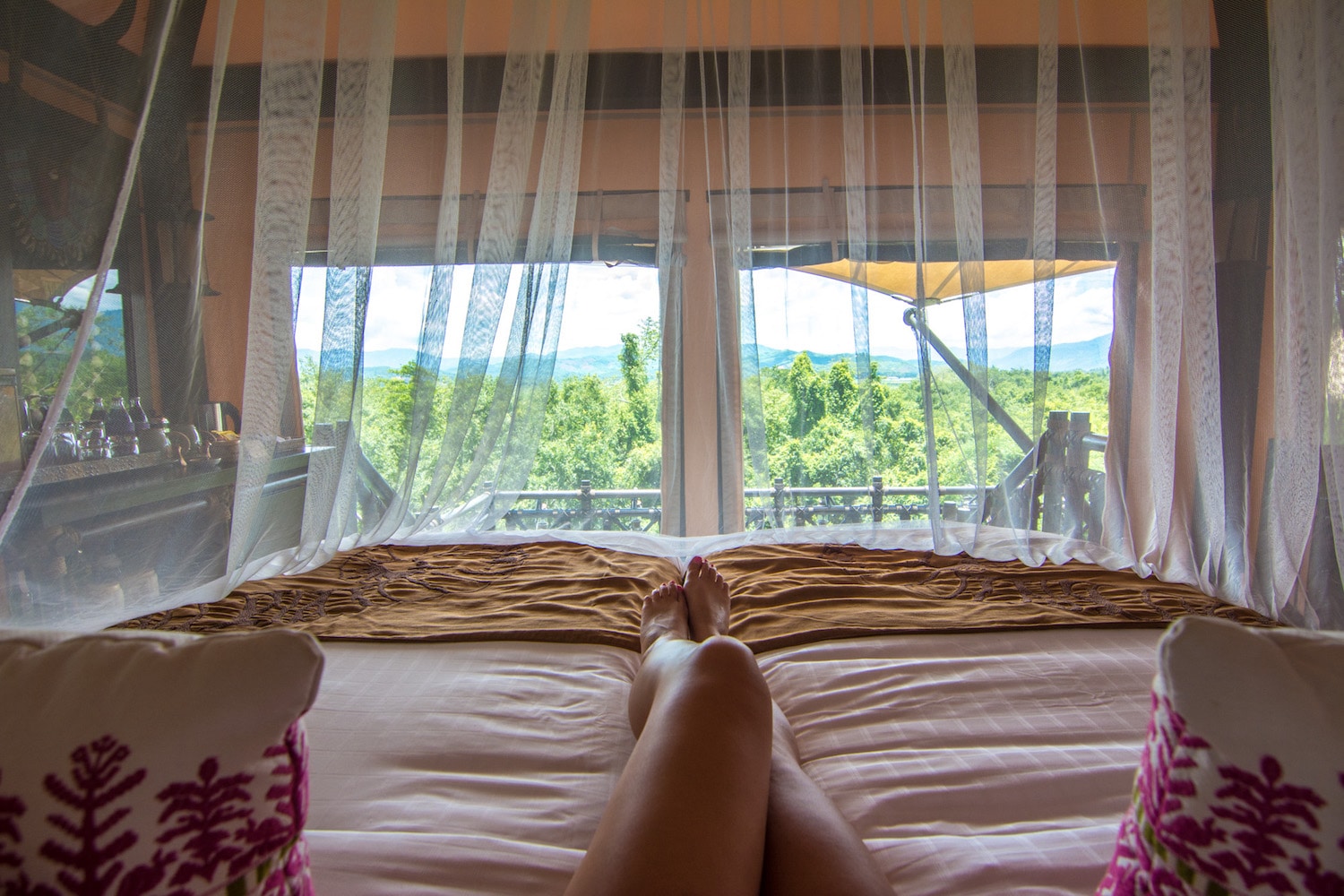
One of the most unique place I’ve visited to date exists in an exotic bamboo jungle where elephants rule the land, a land that conjoins three countries into one mystical place – The Golden Triangle of Myanmar, Laos and Thailand. It’s a scene straight out of The Jungle Book, a once-in-a-lifetime adventure that leaves you craving lush greenery, fresh air, and mind-blowing scenery – the bare necessities of life. I think this is what they call glamping. Perhaps this even takes glamping to the next level, mainly because this tent housed the bathtub of my dreams!
Overnight Train to Germany

From Hamburg I took an overnight train to Zurich which was a unique experience. I was in my very own deluxe sleeper car (with sleeping aid in hand) but as it turned out, I slept very well that night rocking back and forth with the gentle twists and turns of the train. There wasn’t any Wi-Fi on board, so I took a breather from my computer and phone while I watched the German sun set out my window before bed. I highly recommend overnight trains in order to save daylight hours for sightseeing!
Galapagos Yacht

A seven-night stay aboard the classic M/Y Grace yacht offers boutique hotel service while being outfitted for true expeditions. The ultimate luxury adventure can be found sailing from island to island in the name of royalty on the same boat where Princess Grace Kelly honeymooned. This 18-passenger iconic yacht has more history than meets the eye. Born in 1928, the yacht has seen varying times, names and owners over the past near century. She did a stint with the Royal Navy during WWII, was once in possession of Greek shipping tycoon Aristotle Onassis, was the honeymoon destination for Prince Rainier and Princess Grace Kelly, and was finally acquired by Quasar in 2007 and rechristened the M/Y Grace: a name that would take her back into her history, her most elegant years.
Lodges during Peruvian trek

The 5 day/4 night trek would take me to some of the most amazing landscapes I’ve witnessed to-date. It’s important to note here that while Machu Picchu is an incredible sight to see, Peru has various out-of-this-world landscapes. I urge you to see more and do more in Peru, such as hiking the Ausangate Mountains (and Rainbow Mountains!).

Andean Lodges, in partnership with locals of the Community, incorporates four distinct lodges along the trek with homemade meals and comfy beds, but no heating system (or electricity in general) is in place. We slept in about 35 degree weather each night. Thankfully, the Community staff put hot water bottles inside our beds to help us fall asleep in the cold. Speaking of the cold, our electronics got just as cold as we did. They die faster in extreme temperatures, and no electricity means no charging. Interesting. So how did we overcome this obstacle? We brought multiple batteries and slept with all of them (and our phones!) in our pockets every night to keep them warm. Comfortable, right? Mmmhmmm. It’s a small price to pay for being able to capture the surroundings the next day.
Japan Ryokan

Ryokans are Japanese style inns found throughout the country ranging from no-frills lodging options to hotel-like establishments. This type of VERY authentic lodging option allows guests to experience the traditional Japanese lifestyle and hospitality, incorporating elements such as futon-like beds, Japanese style baths and local foods. Keep in mind that the majority are pricey and their 5 star rating may not be equivalent to a Westerner’s idea of what 5-Star hotels consist of – instead, it’s the Japanese interpretation (so don’t forget that). Also, don’t be surprised when you walk in to find a minimalistic room with a bed that can fit in a closet for $500/night. This was my experience while checking into Sumiya in Kyoto, but that price includes a very lovely sushi dinner + breakfast!




































